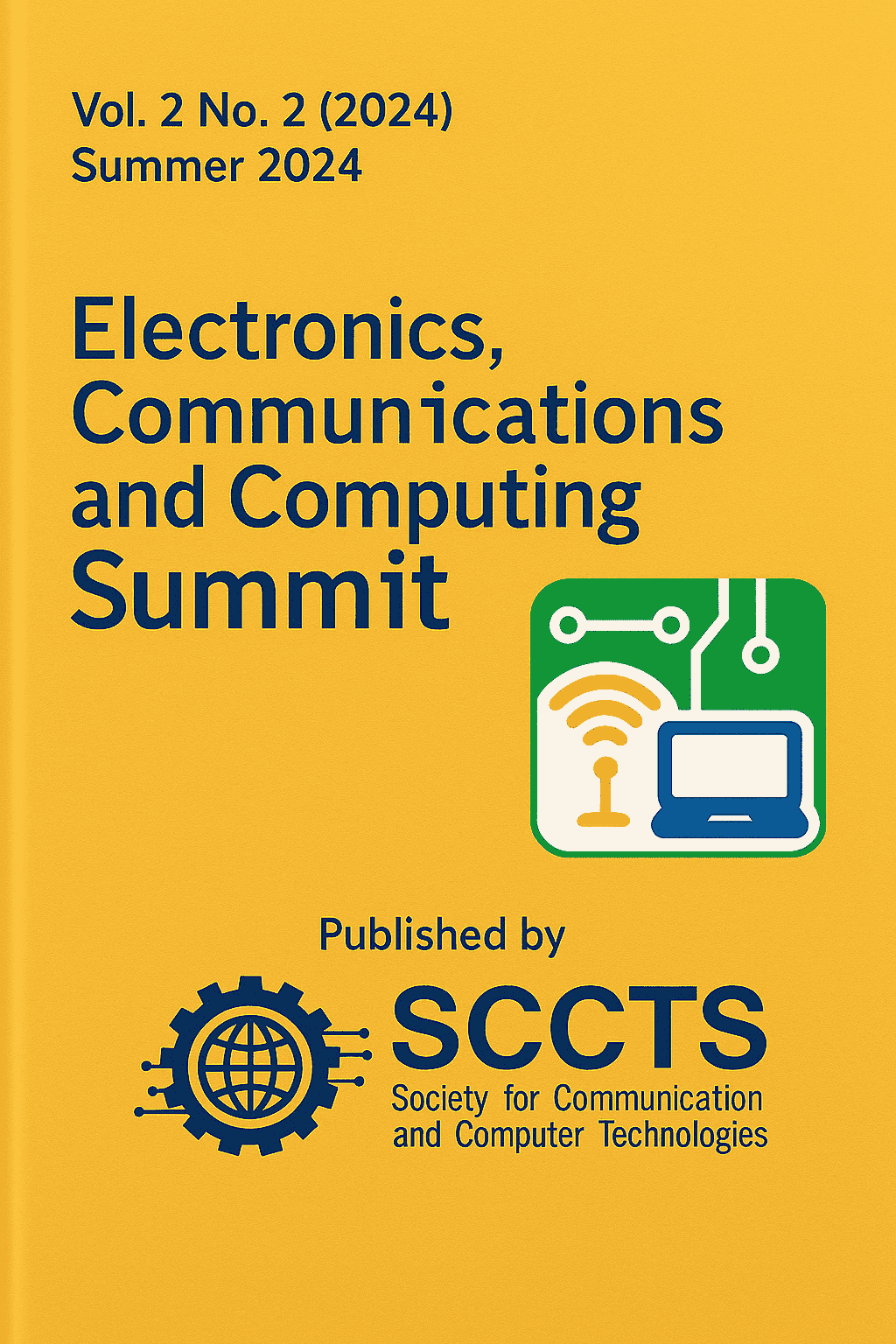Flexible and High-Efficiency Electronics with Novel Semiconductor Materials: Trends and Challenges
Keywords:
Flexible Electronics, Organic Semiconductors, 2D Materials, High Efficiency, Perovskites, Wearables, Stretchable Devices, Thin-Film Transistors, Printed ElectronicsAbstract
Enabling a new era of flexible electronics integration is the merge of mechanical flexibility and high electronic capability, which has opened up a new era of innovation in flexible electronic devices, allowing the development of applications in next generations, including wearable health monitors, bendable displays, conformal sensors, and soft robotics. The present review takes a critical look at emerging progress in both new semiconductor materials, such as π-conjugated organic semiconductors and amorphous oxide semiconductors, two-dimensional (2D) layered materials, and hybrid perovskites, that are tailored to fulfill two opposed requirements, namely flexibility and efficiency. A comparative study is made on the inherent electrical characteristics (e.g., carrier mobility 0.01- >10,000 cm 2/Vs), bendability (e.g., bend radius of <1 mm), and process compatibility of such materials in flexible electronics. The review also points out new device structures and scalable manufacturing plans with low cost production in large area. It is on record that recent flexible perovskite have attained a power conversion efficiencies (PCE) beyond 20 percent and 2D materials such as MoS 2 and graphene provide high mobility in high migration ability. Important issues like stability of materials when subjected to cyclic loading, interfacial degradation as well as the problems of mobility versus flexibility are discussed at length. In conclusion, a research agenda is proposed in the paper with regard to how the physical parameters of electronic performance and mechanical robustness can be co-optimized using multi-material heterostructures and adaptive interface engineering. The present study is a guiding roadmap to the future and to the engineering of energy-efficient, mechanically stable and application-specific platform of flexible electronics.



